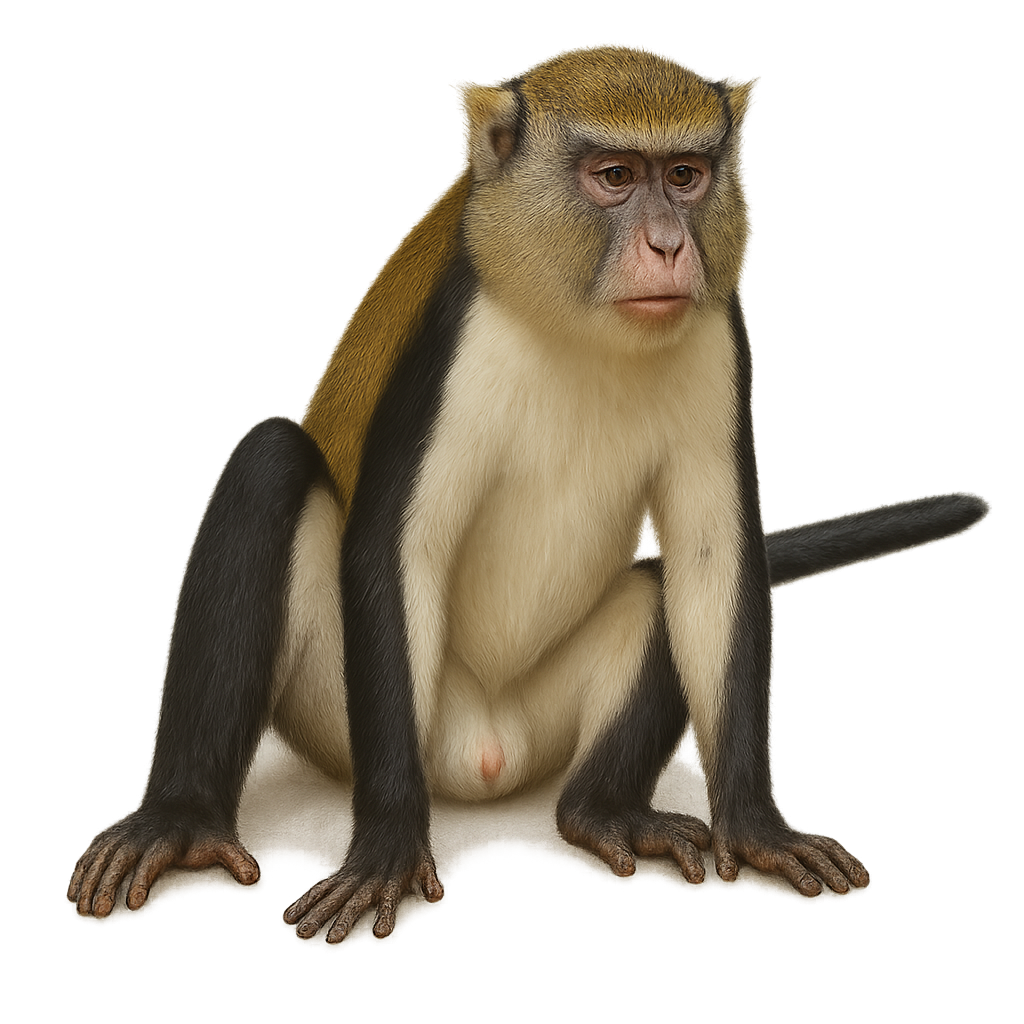Your wildlife photography guide.
Explore the lowe's monkey in detail, study its behavior, prepare your shots.
Where to observe and photograph the lowe's monkey in the wild
Learn where and when to spot the lowe's monkey in the wild, how to identify the species based on distinctive features, and what natural environments it inhabits. The WildlifePhotographer app offers tailored photography tips that reflect the lowe's monkey’s behavior, helping you capture better wildlife images. Explore the full species profile for key information including description, habitat, active periods, and approach techniques.
Lowe's Monkey
Scientific name: Cercopithecus lowei

IUCN Status: Near Threatened
Family: CERCOPITHECIDAE
Group: Mammals
Sensitivity to human approach: Suspicious
Minimum approach distance: 10 m
Rut period: August to October
Gestation: 160-170 jours
Births: January to March
Habitat:
Tropical forests, gallery forests, wooded savannas
Activity period :
Primarily active during the day, with peak activity in the morning and late afternoon.
Identification and description:
The Lowe's Monkey is an arboreal primate found mainly in the tropical forests of West Africa. It is characterized by its grey-green fur and black face surrounded by white hair. This monkey is social and lives in groups of up to 30 individuals. It primarily feeds on fruits, leaves, and insects. Although its habitat is threatened by deforestation, it partially adapts to degraded areas. Its communication is rich, using varied vocalizations to alert its peers of dangers. The Lowe's Monkey plays a crucial role in seed dispersal, thus contributing to forest regeneration.
Recommended lens:
400 mm – adjust based on distance, desired framing (portrait or habitat), and approach conditions.
Photography tips:
To photograph the Lowe's Monkey, it is advisable to use a 400mm or longer telephoto lens to capture detailed images without disturbing the animal. Look for areas where the monkeys are active, often early in the morning or late in the afternoon. Be patient and discreet, as these primates can be suspicious. Use a tripod to stabilize your camera and adjust your shutter speed to compensate for quick movements. Take advantage of the natural light filtered through the foliage to get shots with rich and natural colors.
The WildlifePhotographer App is coming soon!
Be the first to explore the best nature spots, track rutting seasons, log your observations, and observe more wildlife.
Already 1 432 wildlife lovers subscribed worldwide

